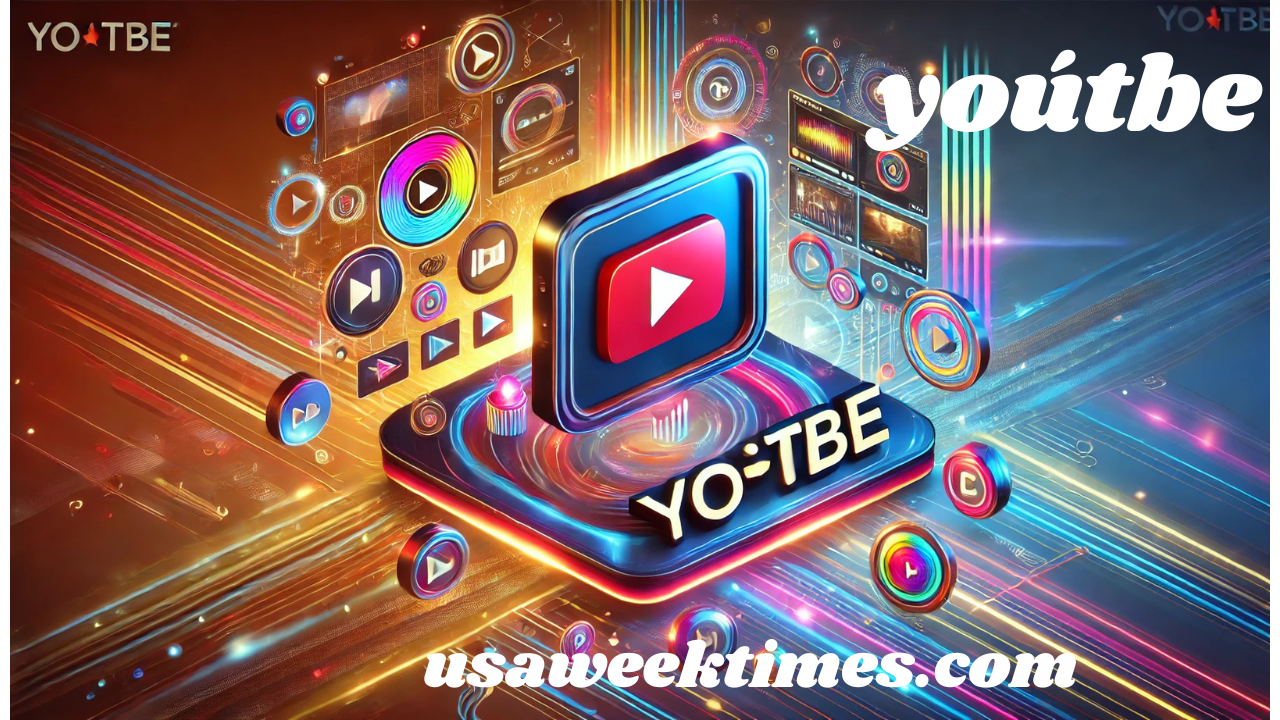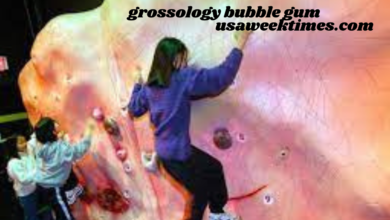The Power of YouTbe: Revolutionizing the World of Entertainment, Education, and Connectivity
Introduction
In today’s digital age, YouTube stands as one of the most influential platforms, transforming how we consume content and interact with others. What started as a video-sharing site has evolved into a global hub of entertainment, education, and social interaction. With its massive user base and endless variety of content, YouTube has shaped cultures, economies, and even industries. In this article, we’ll explore the multifaceted impact of YouTube, touching on its history, rise to prominence, user base, its role in education, entertainment, and the ever-growing influence it has on social connectivity.
The Birth and Evolution of YouTube
YouTube was founded in February 2005 by three former PayPal employees: Chad Hurley, Steve Chen, and Jawed Karim. Their initial goal was simple—to create a platform where people could upload, share, and view videos easily. The very first video, titled Me at the Zoo, uploaded by Jawed Karim, became the foundation of a service that would later revolutionize the world of media consumption.
In November 2006, YouTube was acquired by Google for $1.65 billion in stock, a move that significantly accelerated its growth. This acquisition allowed YouTube to expand its features, improve its infrastructure, and begin monetizing content. Today, YouTube is not only the largest video-sharing platform but also the second most-visited website globally, following Google.
YouTube’s Impact on Entertainment
YouTube’s influence on entertainment has been profound. Traditional media—television, radio, and movies—has faced intense competition from the user-generated content that YouTube enables. Initially, it was a platform for amateurs, but as time went on, professional creators, media companies, and even celebrities began to recognize YouTube’s potential as a tool for reaching a global audience.
The platform has birthed numerous internet celebrities and content creators, many of whom have transitioned from YouTube fame to mainstream recognition. Figures like PewDiePie, Zoella, and Lilly Singh have leveraged their YouTube presence into lucrative careers in television, film, and business.
Moreover, YouTube’s vast library of music videos, movie trailers, and original content—such as YouTube Originals—has allowed it to become a key player in the entertainment industry. The rise of YouTube Red, which offers a subscription service for ad-free content and exclusive shows, further solidified YouTube as a major entertainment powerhouse.
Education and Learning on YouTube
One of the most significant shifts in how people learn today can be attributed to YouTube. With billions of hours of educational content available for free, YouTube has become a leading platform for self-learning and professional development. From DIY tutorials and coding lessons to full-length academic lectures, YouTube has opened up a world of knowledge to people everywhere.
Teachers, institutions, and non-profit organizations have embraced YouTube as a tool for enhancing education. For instance, Khan Academy, one of the most well-known educational channels, offers free lessons on a wide variety of subjects. Many universities also upload lectures and academic discussions for students who may not have access to traditional learning resources.
The ease of access to such content has allowed YouTube to bridge the educational gap, especially in areas where traditional schools and universities may be out of reach. Today, millions of people around the world use YouTube to gain new skills, learn languages, and improve their knowledge of various subjects, making it one of the most important platforms for modern education.
YouTube as a Social Connector
YouTube is not just a content-sharing platform; it has also become a powerful social tool. With the introduction of features like comments, live streaming, and community posts, YouTube fosters interaction between creators and their audiences. This has created a sense of belonging for many users, who feel personally connected to their favorite creators.
The YouTube community is a diverse and dynamic space, with users from all over the world sharing their perspectives, experiences, and ideas. This sense of community is further amplified by the rise of YouTube collaborations, where creators work together across channels to share content with new audiences. The ability to comment, like, and share videos has created a network of interconnected users, forming virtual communities centered around shared interests.
Furthermore, YouTube’s global reach has helped people connect across cultural and geographical boundaries. Content creators from different parts of the world can now easily engage with a global audience, breaking down barriers and promoting cross-cultural understanding. The social aspect of YouTube has made it an essential platform for not only entertainment but also social change, activism, and political discourse.
The Role of YouTube in Business and Marketing
In addition to being an entertainment and educational platform, YouTube has become an integral tool for businesses and marketers. Brands now utilize YouTube for advertising, product demonstrations, and building a direct relationship with customers. The platform’s advanced targeting and analytics tools allow businesses to reach specific demographics based on user behavior, location, and interests.
Influencer marketing has also become a significant industry, with YouTube creators collaborating with brands to promote products and services. Influencers have a loyal following, and their recommendations often carry more weight than traditional advertisements. As a result, companies are increasingly investing in partnerships with YouTube creators to build brand awareness and drive sales.
YouTube’s potential as a business tool is only growing, with more companies exploring its capabilities for customer engagement and content marketing. Whether through creating branded channels, sponsoring content, or using YouTube’s advertising tools, businesses are tapping into the vast potential of YouTube to connect with their target audiences.
YouTube’s Challenges and Future Outlook
Despite its incredible success, YouTube has faced several challenges over the years. Issues such as content moderation, copyright infringement, and the rise of misinformation have been ongoing concerns. YouTube has implemented various measures to address these challenges, including stricter content guidelines, automated systems for detecting copyrighted material, and initiatives to combat the spread of fake news.
Looking ahead, YouTube will continue to evolve in response to the ever-changing digital landscape. The platform is expected to place a greater emphasis on artificial intelligence, personalized recommendations, and enhanced user engagement. The continued growth of YouTube Shorts, a feature designed to compete with TikTok, suggests that YouTube is committed to staying at the forefront of digital media trends.
As the platform expands, it will also need to address new challenges related to privacy, data security, and the ethical implications of AI-powered content curation. However, given YouTube’s adaptability and its position as a leader in the digital space, it is likely to remain a dominant force in online media for the foreseeable future.
Conclusion
YouTube has come a long way since its humble beginnings, and its impact on society is undeniable. It has revolutionized the way we consume content, learn new skills, and interact with the world around us. Whether it’s for entertainment, education, or social connectivity, YouTube continues to shape our digital experiences in profound ways.
With its ever-expanding user base and evolving features, YouTube is well-positioned to remain a key player in the global media landscape for many years to come. As it grows and adapts, YouTube will undoubtedly continue to influence industries, cultures, and societies worldwide, solidifying its place as one of the most powerful platforms in the digital age.




